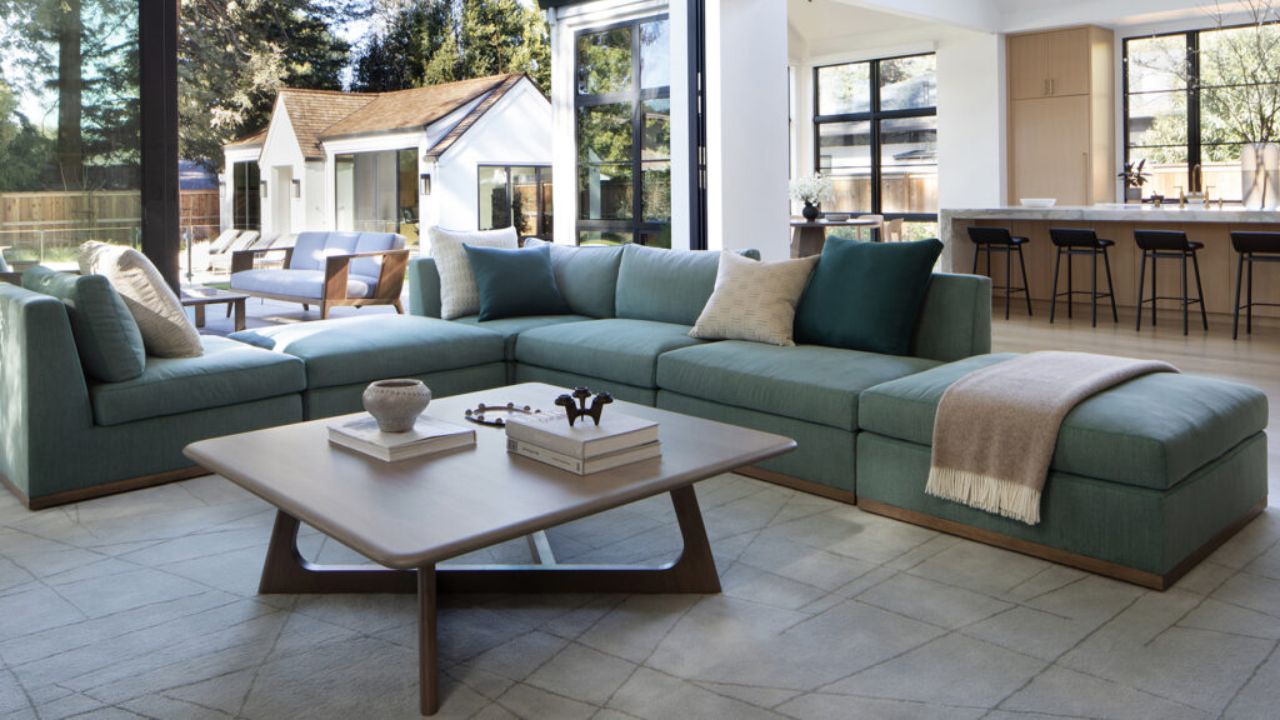The custom furniture industry has undergone vast changes in recent years as technology blends with craft techniques. The process, which was highly labor-intensive, time-consuming, and heavily dependent on manual skill, has now become an art form and innovation at the same time. In the design and manufacturing processes, the use of technology is improving the accuracy, effectiveness of customized furniture design, and even its creativity, access, and sustainability.
Digital Transformation in Making Furniture
Probably the most significant transformations in the custom furniture industry are the increased use of computer-aided design (CAD) software. The digital tool enables designers to develop perfect, detailed, 3D models of pieces of furniture prior to their actual construction. CAD allows clients to see the finished product any time, make corrections to it on the fly, and understand how their personal work is going to be fitted into their environment. This not only saves time but also lowers the chance of making mistakes, which are expensive to correct, and thus the end product would be close to the expectations of the client.
Accuracy and Effectiveness
CNC equipment has transformed the manufacturing process of bespoke furniture. CNC machines are able to cut, carve, and shape materials far better than any other machine, and by rendering digital designs into specifications of automated tool paths. Such accuracy facilitates repeatability in many parts as well as the capability to perform delicate designs, which would be cumbersome to do manually. Due to this, furniture manufacturers will be able to provide quality furniture more easily as they will not be able to lower their craftsmanship.
Prototyping and 3D Printing
The other emerging technology is the use of 3D printing, especially during prototyping. With scale models of furniture pieces, designers are now able to model out the form, fit, and functions of the pieces of furniture they are designing using 3D printers, even before going to the full production level. This speeds up the design process, as well as promotes experimentation with forms and shapes. In other words, the 3D printing process allows printing in actual materials such as resin or even metal to make real elements, opening up new opportunities in personal furniture.
Integrated Virtual and Augmented Reality
Custom furniture design is also becoming increasingly involved with Virtual Reality (VR) and Augmented Reality (AR). VR enables clients to take a dive into a digital experience, and they get to play with furniture items within a virtual environment. In turn, AR enables them to view the furnishings in their actual life environment using tablets or smartphones. These immersive technologies have the capability of helping their clients make more informed decisions, they can be used to replicate the gap and difference between imagination and the actual world, and also have a form of personalization of the design process.
Source of Sustainability
That growth is being helped by technology as well in terms of custom furniture manufacturing. Advanced software will enable the use of materials in a better manner, reduce waste, and streamline the supply chain. Digital options are also simplifying how designers source materials that are eco-based and monitoring the effects on the environment. It is reasonable that, as more people insist on sustainability, custom furniture makers facilitate the need through the use of technology that renders the same outcomes without destroying the differentiator of design quality and uniqueness.
Conclusion
With technology advancing as it is, the future of custom furniture always seems higher and more customized than ever. Designers are also given tools that increase their creativity, speed of production, and cooperation with the clients. Such a collaboration between ancient artisanship and digital technologies is transforming the possibilities custom furniture holds, thereby becoming more affordable, environmentally friendly, and relevant to the present-day lifestyle.
